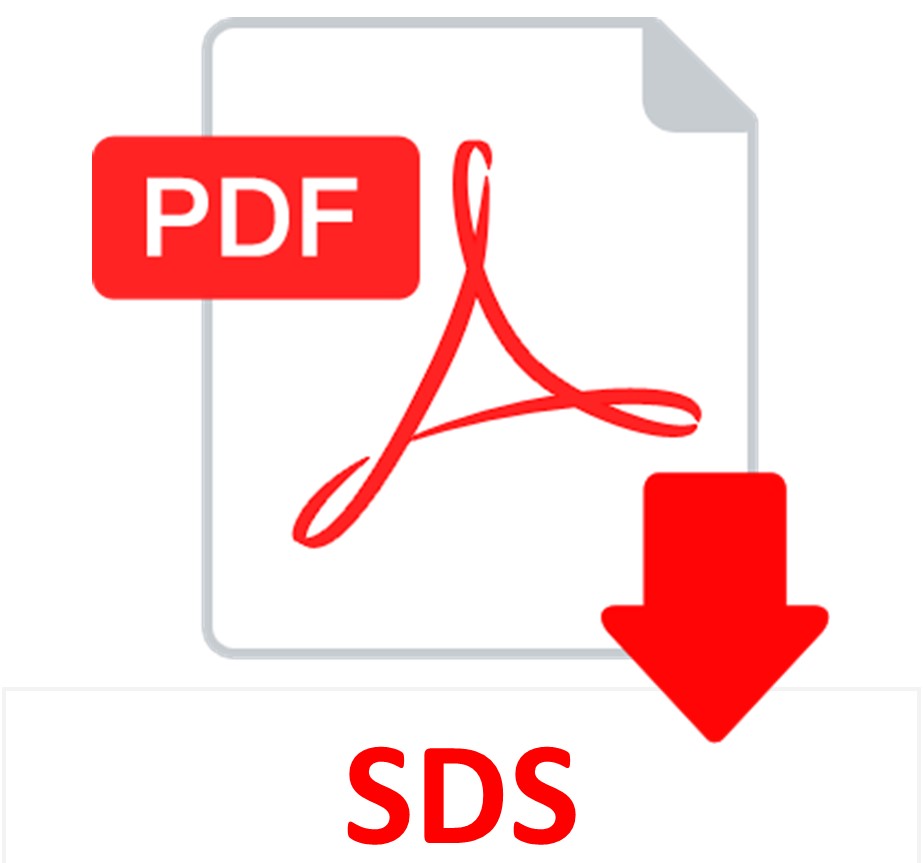Lymph Node Grossing Aid
(use: Enhances gross visibility of lymph nodes in large resections.)
SOLUTION:
| 4 X 1 Gallon | 20 Liter Cube | |
| Lymph Node Grossing Aid | Part 1093A | Part 1093B |
For storage requirements and expiration date refer to individual bottle labels.
APPLICATION:
Newcomer Supply Lymph Node Grossing Aid is a ready-to-use fixative that serves as either a primary or secondary fixative to enhance the visibility and yield of lymph nodes in specimens in which lymph node examination is critical, such as; breast, colon, lung, radical neck dissection, small intestine and omentum.
The combination of formaldehyde, ethanol and acetic acid in the Lymph Node Grossing Aid solution allows for rapid tissue penetration. Following sufficient fixation/immersion lymph nodes will be visibly grayish in color, noticeably standing out from surrounding tissues and readily identifiable.
METHOD:
Fixation:
Larger Biopsies: A minimum of 10-12 hours is recommended.
Small Biopsies: A minimum of 4 to 6 hours is recommended.
Solutions: All solutions are manufactured by Newcomer Supply, Inc.
FIXATION PROCEDURE:
-
- Place fresh tissue in an adequate amount of Lymph Node Grossing Aid solution as soon as possible after surgical excision.
-
- See Procedure Note #1.
-
- Gross tissue specimen in a manner to allow Lymph Node Grossing Aid to adequately penetrate.
-
- Breast tissue: work with entire specimen or remove a smaller area with suspected lymph nodes. Bread loaf tissue to increase surface area and promote efficient fixative penetration.
- Colon tissue: cut open, rinse and pin-out, work with either a segment(s) of colon or entire specimen.
- Other specimens: gross to increase tissue surface area and promote efficient fixative penetration.
-
- Return specimens to Lymph Node Grossing Aid solution and fix for a sufficient amount of time, depending upon size and type of tissue.
- After adequate immersion in Lymph Node Grossing Aid, remove specimen and re-gross.
-
- Remove adipose and palpate for lymph nodes and/or identify nodes by their visibly grayish color.
-
- Hold tissues in either Lymph Node Grossing Aid or Formalin 10%, Phosphate Buffered (Part 1090) until ready to process.
-
- See Procedure Note #2.
-
- Place fresh tissue in an adequate amount of Lymph Node Grossing Aid solution as soon as possible after surgical excision.
PROCEDURE NOTES:
-
- A specimen initially received in Formalin 10%, Phosphate Buffered can remain in fixative until initial grossing occurs, then transferred to Lymph Node Grossing Aid solution as a secondary fixative.
- Extended storage in Lymph Node Grossing Aid is not recommended. After fixation, transfer Lymph Node Grossing Aid wet tissue to Formalin 10%, Phosphate Buffered for long-term storage.
REFERENCES:
-
- Koren, Rumelia, Shlomo Kyzer, Adrian Paz, Vladimir Veltman, Baruch Klein, and Rivka Gal. “Lymph Node Revealing Solution: A New Method for Detection of Minute Axillary Lymph Nodes in Breast Cancer Specimens.” The American Journal of Surgical Pathology11 (1997): 1387-1390.
- Luna, Lee G. Manual of Histologic Staining Methods of the Armed Forces Institute of Pathology. 3rd ed. New York: Blakiston Division, McGraw-Hill, 1968. 4.
- Newell, Ken, Barry Sawka, and Brian Rudrick. “An Inexpensive, Simple and Effective Aid for the Retrieval of Lymph Nodes From Colorectal Cancer Resections.” Archives of Pathology Laboratory Medicine 125 (2001): 642-45.
- Modifications developed by Newcomer Supply Laboratory.



